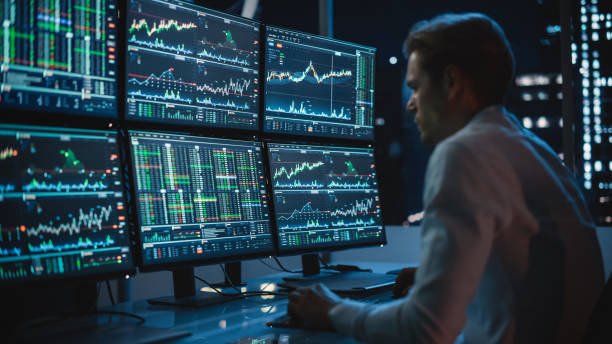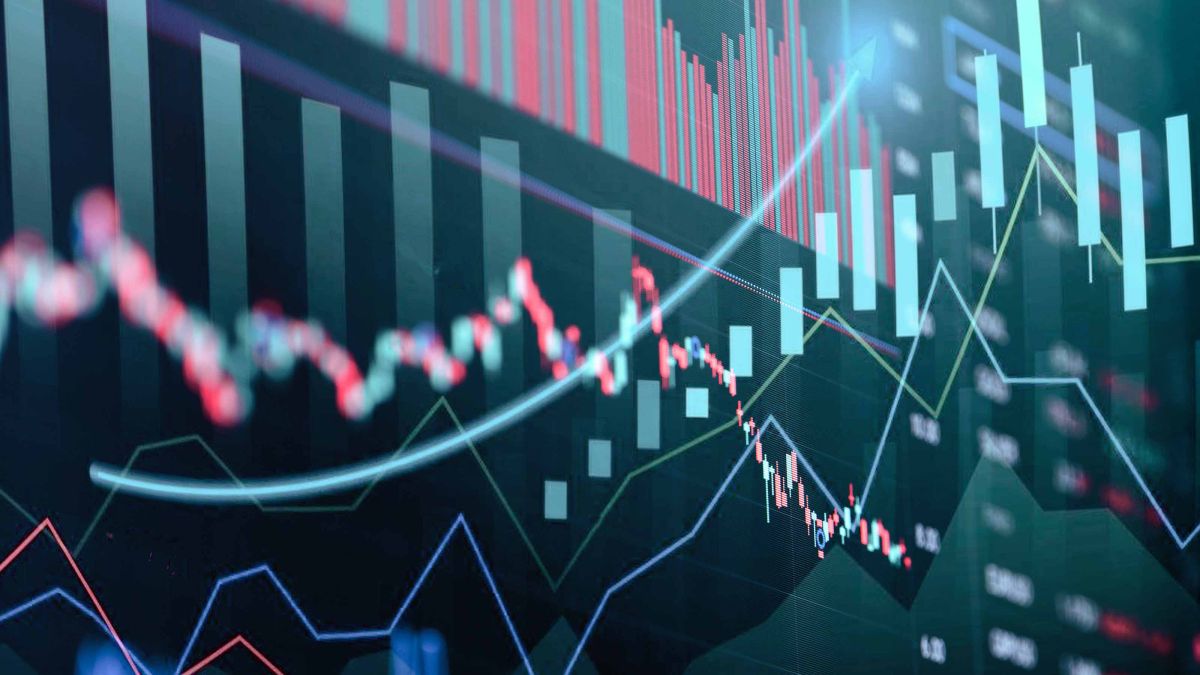
Understanding Beneficiaries in Checking Accounts

How to Calculate Adjusted Gross Income (AGI) for Tax Purposes

APR vs. APY: A Complete Comparison

What Is an Adjustable-Rate Mortgage (ARM)?
What Exactly Is Trading Before And After The Market Opens
Jan 15, 2025 By Rick Novak
The NYSE and Nasdaq, the two largest U.S. stock exchanges, are generally open from 9:30 a.m. to 4 p.m. Eastern Time Monday through Friday (ET). Pre-market and after-hours trading has been added due to the rising demand for trading and the advent of new technologies. Even when the NYSE and Nasdaq are closed for the day, the markets may experience some of their most significant shifts.
Buying and Selling Outside of Regular Market Hours

Pre-market and after-hours trading operate differently since an exchange is not involved. Because no exchanges are involved, digital transactions are processed through electronic communications networks.
Pre-Market
Suppose important reports are scheduled for release throughout the trading day. In that case, investors can use the time before the market starts to check in to their brokerage accounts and hunt for opportunities to get ahead of the market.
Following that, dealers can contact their brokers to place trades. These orders can only be limit orders, in which traders stipulate a set price and amount for the purchase or sale of stock.
You can place limit orders with Schwab between 8:05 p.m. and 9:25 a.m. ET for execution between 7:00 a.m. and 9:25 a.m. ET; however, other brokers may have different pre-hour trading conditions. 1
After-Hours
Like pre-market trading, after-hours trading allows investors to connect to their brokerage accounts and place limit orders for their brokers to execute. Schwab's after-hours trading, for instance, accepts orders between 4:05 and 8:00 p.m. ET and then sends them to the electronic market for processing.
Stock Prices With Pre-Market and After-Hours Trading

One area for improvement with trading outside of regular market hours is less volume and liquidity since fewer people are involved. Yet, the behavior of stock prices is often consistent with that observed throughout the trading day.
The difference between the closing price and the next trading day's opening price can also be substantial since pre-market and after-hours traders may have access to data that regular trading hours do not. The following ordinary trading session might affect whether prices increase during extended trading hours.
Learn Where To Look for After-Hours Market Information
An investor with a brokerage account should check its data service to learn about pre-market and after-hours trading. The most comprehensive after-hours market trading data is often provided through broker information services, typically offered at no cost to those who maintain a brokerage account.
Not only may investors trade during this time, they can also view the bid and ask prices for individual securities and the movement in those values since the previous trading day's closing. Some sites offer pre-market and after-hours data for free if you need a brokerage account or your broker doesn't offer it.
Before The Opening Bell
The pre-market is just before the stock market begins for regular trading. Several direct-access brokers provide access to pre-market trading beginning as early as 4 a.m. ET, the trading session typically runs from 8 a.m. to 9:30 a.m. ET each trading day.
Yet, unless there is news, trading in most equities is relatively quiet first thing in the morning. Most equities only provide incomplete quotations, further demonstrating the minimal liquidity.
Slippage from large bid-ask spreads is a concern while trading at these times. Early birds often don't start trading before the market opens at 8 a.m.
Post-Market Time
In June 1991, the NYSE added an extra trading hour to accommodate "after-market" trading. The decision was made in reaction to competition from foreign exchanges, including London and Tokyo, and private exchanges providing extended trading hours.
Although after-hours trading today begins at 4 p.m. ET and may continue until 8 p.m., most trade is completed by 6:30 p.m. After-market trading is performed using electronic communication networks (ECNs), just like pre-market trading.
Share price movements after trading hours provide a valuable indicator of how the market reacted to the news. It's important to note that, similar to the pre-market, after-hours price fluctuations are more extreme than during regular market hours due to low liquidity and trading volume.
Conclusion
ECNs connect buyers and sellers outside regular trading hours in pre-market and after-hours trading. Pre-market and after-hours trading allows investors to respond to breaking news outside regular trading hours. Still, they also come with several hazards, such as low liquidity and price swings. In addition, after-hours trading gives investors a chance to trade based on news events, such as earnings reports, that occur outside the regular trading day.

Business Credit Reports Vs. Consumer Credit Reports: An Overview

Dynamics of Supply and Demand in the Housing Market

A Review of the First Premier Mastercard

Rapid Southwest Rewards Plus Credit Card Review: Everything You Need to Know

The Top 10 Best Debt Collection Agencies to Use.

How to Choose Between an ETC and an ETF.

Dividend Per Share (DPS)

